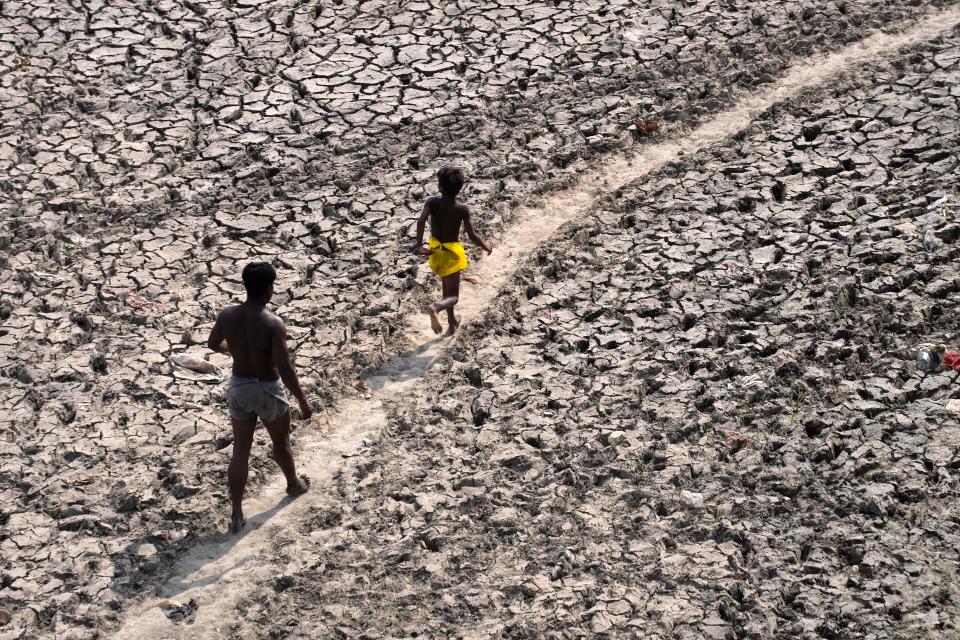There's a 50-50 chance Earth will reach critical climate change mark within 5 years, report says
The Earth has a 50-50 chance of temporarily reaching a global warming threshold by 2026, a new report finds.
"This study shows – with a high level of scientific skill – that we are getting measurably closer to temporarily reaching the lower target of the Paris Agreement on Climate Change," World Meteorological Organization Secretary-General Petteri Taalas said in a statement.
Specifically, there’s a 48% chance the globe will reach a yearly average of 1.5 degrees Celsius (2.7 degrees Fahrenheit) above pre-industrial levels of the late 1800s at least once between now and 2026.
"The 1.5 degree C figure is not some random statistic," Taalas said. "It is rather an indicator of the point at which climate impacts will become increasingly harmful for people and indeed the entire planet."
The report was prepared by a team from 11 forecast centers, including the United Kingdom’s Meteorological Office, for the World Meteorological Organization on Monday.
The Paris Agreement sets long-term goals to guide the world's nations to substantially reduce global greenhouse gas emissions to limit the planet's temperature increase in this century to 2 degrees Celsius while seeking to limit the increase even further to 1.5 degrees C.
"For as long as we continue to emit greenhouse gases, temperatures will continue to rise," Taalas said. "And alongside that, our oceans will continue to become warmer and more acidic, sea ice and glaciers will continue to melt, sea level will continue to rise, and our weather will become more extreme."

The United Kingdom’s Meteorological Office said there is a 93% chance the world will set a record for hottest year by the end of 2026. It also said there’s a 93% chance the five years from 2022 to 2026 will be the hottest on record.
“Our latest climate predictions show that continued global temperature rise will continue, with an even chance that one of the years between 2022 and 2026 will exceed 1.5 degrees C above pre-industrial levels," said U.K. Met Office senior scientist Leon Hermanson, who coordinated the report.
DIRE WARNING: Climate change could cause mass extinction of marine life in Earth's oceans, study says
"A single year of exceedance above 1.5 degree C does not mean we have breached the iconic threshold of the Paris Agreement, but it does reveal that we are edging ever closer to a situation where 1.5 degrees C could be exceeded for an extended period,” Hermanson said.
Back-to-back La Ni?a events at the start and end of 2021 had a cooling effect on global temperatures, but that is temporary and does not reverse long-term global warming, the report said. Any development of an El Ni?o event would immediately fuel temperatures, as it did in 2016, which is until now the warmest year on record.
NASA top climate scientist Gavin Schmidt said the figures in the report are “a little warmer” than what the U.S. NASA and National Oceanic and Atmospheric Administration use.
“Regardless of what is predicted here, we are very likely to exceed 1.5 degrees C in the next decade or so, but it doesn’t necessarily mean that we are committed to this in the long term – or that working to reduce further change is not worthwhile,” Schmidt said.
Contributing: The Associated Press
This article originally appeared on USA TODAY: Earth's temperature could reach key global warming mark by 2026
